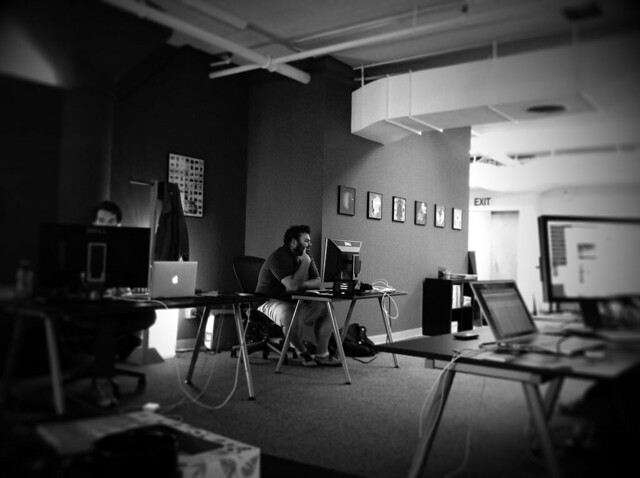What is Markdown? Answering this questions is imperative to the future stewardship of Markdown.
Many see Markdown as a short hand for HTML. They aren’t wrong, but it’s not the only answer. My answer, Markdown is a shorthand for structured, linked documents.
Esoteric, I know, but think about the intended audience of a shorthand for HTML. Then, think about the intended audience of a shorthand for structured documents.
That’s the difference between people, who not only know what HTML is but also want a shorthand for it, and pretty much anyone who has ever used Microsoft Word or Google Docs.
Both answers stand on the simplicity of Markdown. To create something so simple that works is hard. To say it’s done is bold. To receive an onslaught of interest from smart people who often recommend changing it and again saying, nah, its good is audacious. And, for what it’s worth I think John Gruber made the right call in not messing with it. That said, any path to adoption has multiple inflection points. To get to each new point might require a different playbook.
I don’t think it’s crazy to envision Markdown powering many of the workflows that we already see around structured documents. Legal contracts, bills, copy editing, memos. Creating these documents is easier if everyone uses Markdown.
Ultimately, the needs of a shorthand for HTML are much different from a shorthand for structure. What the future Markdown needs now depends on which answer you choose.
jQuery probably faced something like this situation. It began as a personal project. It had a specific point of view and it was simple. As it grew it had the opportunity add in tons of features, and it did add some, but it retained its core mode of operation. One could argue that jQuery’s built its success on top of its ability to say no to change.
But, to gain wider adoption jQuery had to see it’s self as something bigger then a personal project. At some point the creator of jQuery must have realized that the stewardship of the project was bigger then one person. In jQuery’s case, Resig chose to give the copyright to an organization that could steward the project even if he wasn’t around.
As jQuery realized it was apart of a larger fabric it allowed more stewards into the process. It’s not a coincidence that it’s overall footprint grew, and continues to grow today.
Markdown is at a similar point. It’s a revolutionary-100-year idea and there is a case for stewardship. I think Atwood may have missed the mark on tone, but If Markdown is to be common it needs more then one persons lifetime to develop. It probably needs more then a few. So, it can’t hurt from a widening of its stake holders.
We need more people at the table. We need more stewards who can help pass Markdown on.
I mean, what else am I going to do with all these plaintext markdown files.

 Taken by a co-worker when App.net was still picplz.
Taken by a co-worker when App.net was still picplz.